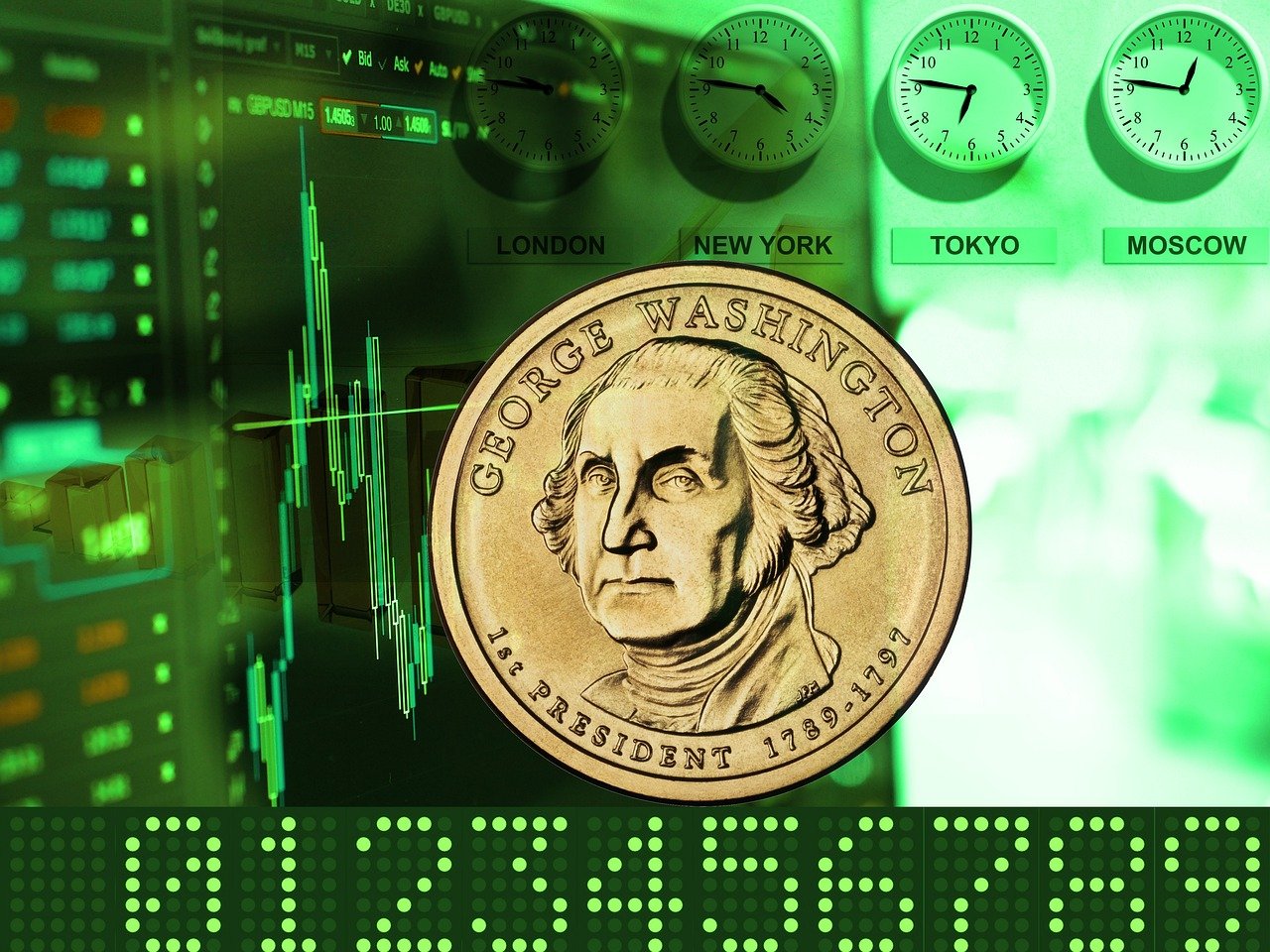Physical Address
304 North Cardinal St.
Dorchester Center, MA 02124
Physical Address
304 North Cardinal St.
Dorchester Center, MA 02124

Introduction:
In the vast tapestry of global finance, the foreign exchange market, or forex, stands as a dynamic arena where currencies dance to the rhythm of economic events and market sentiment. This blog seeks to unravel the intricacies of forex trading, providing both novice and seasoned traders with insights into the essentials, strategies, and evolving dynamics of this dynamic financial landscape.
I. The Forex Canvas: Understanding the Market Basics
The forex market operates as a decentralized marketplace where currencies are bought and sold. Traders engage in the exchange of one currency for another, capitalizing on fluctuations in exchange rates. The primary currency pairs, known as majors, include the Euro/US Dollar (EUR/USD), US Dollar/Japanese Yen (USD/JPY), and others. The forex market, active 24 hours a day, five days a week, is driven by the continuous flow of information from financial centers worldwide.
II. Market Mechanics: Behind the Trading Screens
At its core, forex trading involves speculating on the future movements of currency pairs. Traders use various tools, including charts, technical indicators, and economic indicators, to make informed decisions. The bid-ask spread represents the cost of trading, and leverage allows traders to control larger positions with a smaller amount of capital, amplifying both potential profits and losses.
III. Key Players in the Forex Arena
The forex market is a stage where a diverse cast of participants plays distinct roles. Central banks, commercial banks, institutional investors, hedge funds, and retail traders each contributes to the market’s liquidity and dynamics. Central banks, with their monetary policies and interventions, wield significant influence over currency values.
IV. Trading Strategies: Crafting Your Approach
Forex trading encompasses a myriad of strategies tailored to different styles and risk appetites. From day trading and scalping, where traders aim to capture short-term price movements, to swing trading and position trading, which focus on longer-term trends, the choices are vast. Successful traders often employ a combination of technical and fundamental analysis to make well-informed decisions.
V. Risk Management: Safeguarding Your Capital
Effective risk management is the bedrock of successful forex trading. Traders employ techniques such as setting stop-loss orders, diversifying portfolios, and managing position sizes to protect their capital. Understanding the potential risks and rewards of each trade and maintaining discipline in executing trading plans are essential for long-term success.
VI. Technological Advancements: Shaping the Future of Forex
The forex landscape has witnessed significant technological advancements that have transformed the way traders operate. Online trading platforms, algorithmic trading, and the integration of artificial intelligence and machine learning have enhanced efficiency and accessibility, empowering both institutional and retail traders.
Conclusion:
As we conclude our journey through the world of forex trading, it’s clear that success in this dynamic market requires a combination of knowledge, discipline, and adaptability. Whether you’re a seasoned trader or a newcomer, the forex market offers a canvas of opportunity where continuous learning and strategic thinking are the brushes that paint the path to financial success. Embrace the complexities, stay informed, and embark on your journey to master the art of forex trading.